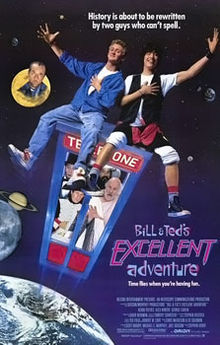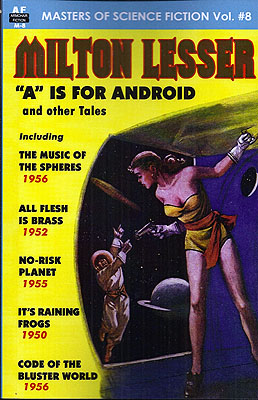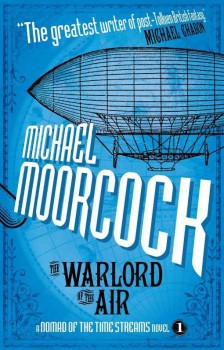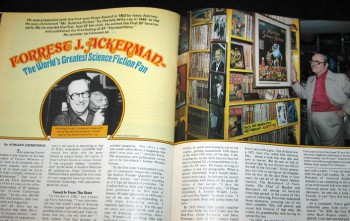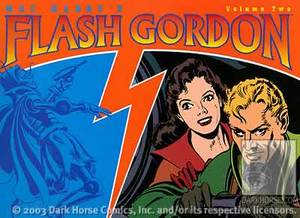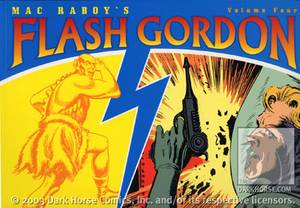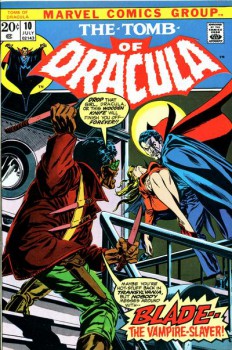Adventure on Film: Flesh and Blood
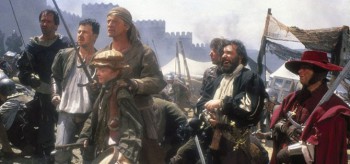 Flesh and Blood (1985) is neither high art nor Paul Verhoeven’s best film, but it does contain flashes of genuine magic and an exceptional eye for the grime and grit of Medieval Italy. It also carries its fair share of star power thanks to the presence of Rutger Hauer, Verhoeven’s frequent co-conspirator, as mercenary soldier Martin.
Flesh and Blood (1985) is neither high art nor Paul Verhoeven’s best film, but it does contain flashes of genuine magic and an exceptional eye for the grime and grit of Medieval Italy. It also carries its fair share of star power thanks to the presence of Rutger Hauer, Verhoeven’s frequent co-conspirator, as mercenary soldier Martin.
The plot in a nutshell: Martin and his band of trouble-making friends are part of Hawkwood’s Army (though which of Hawkwood’s many armies is allowably unclear), but soon enough Hawkwood turns on his scruffy, ill-mannered war-hounds, stripping them of their pay and their pickings. Demoralized but determined, Martin and company make a break for the countryside, where they kidnap Princess Agnes (Jennifer Jason Leigh), then hole themselves up in a rural castle in which Agnes teaches her captors, as best she can, the fine arts of civilized behavior. But of course Hawkwood comes calling, paid now to recapture the princess. The clash that follows pits swords against fumbling attempts at science, with bubonic plague waiting in the wings.
Flesh and Blood proves to be a trifle cartoonish at times, a la Robocop, but one thing Verhoeven never lacks is energy. He’s a naughty schoolboy, yes, and at times his fondness for splatter, gore, and, well, flesh, threatens to undermine the film’s highbrow, philosophical script, but he’s also a craftsman with the heart of an animator –– both the camera and its subjects are in almost constant motion –– and provided you’ve got a strong stomach, Flesh and Blood provides ample period entertainment and many a fine battle.
